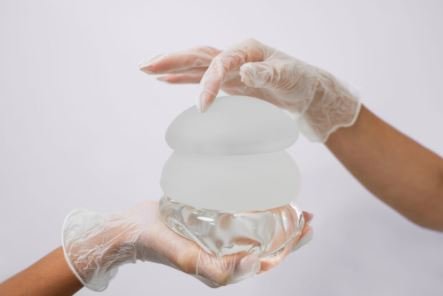
If you are researching breast implants in dubai, you probably want clear facts without the fluff. This guide lays out your options, the process, costs, safety, and how to choose a clinic in this city. What this really means is you can head into your consultation with strong questions and realistic expectations.
Your options: implant types and placement Let’s break it down. Silicone gel implants feel closest to natural breast tissue and are the most popular worldwide. Saline implants are filled with sterile salt water and can be adjusted during surgery. Shapes include round and anatomical teardrop. Profiles control how far the breast projects. Most surgeons now use smooth shells to reduce rare complications. Placement matters too. Implants can sit under the chest muscle, over the muscle, or partly under it. Under the muscle often looks more natural on lean patients and can soften edges. Over the muscle can mean a shorter recovery when you already have enough tissue. Incisions are usually in the breast fold or around the areola.
How the procedure works It starts with a detailed consultation. Expect measurements, a talk about your goals, sizing with trial sizers, and sometimes 3D imaging. Surgery is done under general anesthesia and typically takes one to two hours. Many patients go home the same day. You will leave in a support bra, with small dressings and clear instructions. Stitches are usually dissolvable. You will have follow ups to check healing and confirm that the implants are settling as planned.
Cost in Dubai and what affects it Pricing varies by surgeon experience, hospital facility, implant brand, and whether you add a lift. In Dubai, most quotes land in the AED 25,000 to 40,000 range, with outliers on both ends. That roughly converts to 6,800 to 10,900 USD, depending on exchange rates. A proper quote should include surgeon fees, anesthesia, implants, the hospital or day surgery center, and follow ups. If a price seems unusually low, ask what is missing.
Choosing a qualified surgeon and clinic Here is the thing. Skill and safety matter more than a deal. Look for a DHA licensed plastic surgeon who operates in accredited hospitals or day surgery centers. Many good surgeons also hold international board certifications. Ask how many augmentations they perform each year, which implant brands they use, and what their revision rate is. Review before and after photos of patients with a body shape like yours. Read recent patient reviews, not only the five star ones. Make sure you understand the warranty that comes with the implants.
Recovery timeline and aftercare Most people describe tightness, not sharp pain, for the first few days. Plan a week off desk work. Light walking starts immediately, but avoid heavy lifting for four to six weeks. Your surgeon may recommend a support bra day and night for several weeks. Swelling and high upper fullness fade over two to three months as the implants drop and fluff. If you have small children, arrange help. Do not smoke, as it slows healing and increases risk.
Risks and safety Every surgery has risks. The most talked about include capsular contracture, infection, bleeding, changes in nipple sensation, implant rupture, and noticeable rippling. There is also a rare lymphoma linked to some textured implants, called BIA ALCL. Your surgeon should explain symptoms to watch for and how they mitigate risk. Silicone gel implants may need periodic ultrasound or MRI to check for silent rupture. Choose a surgeon who is transparent about complications and has a clear plan for follow up care.
Who might be a good candidate You are likely a candidate if you want fuller breasts, your weight is stable, and you are healthy. Many women consider augmentation after pregnancy or weight changes, or to correct asymmetry. Breastfeeding is often possible afterward, but not guaranteed. Implants are long lasting, but not lifetime devices. Plan for the chance of future revision.
Final quick tips
- Bring photos that show your goal size and shape.
- Ask about incision location, implant size range, and placement.
- Get your lab tests and imaging done on time.
- Give yourself time to heal before big events. You have options.